- 8 Airplane Footrest Hammock!Travel comfortably - October 9, 2023
- top 7 Pool Float Water Hammock for a Relaxing Summer - October 9, 2023
- top 5 Space SaverSingle Hammock Stand Maximize Comfort and Space - October 9, 2023
To get in and out of a hammock safely, go slow and swing your legs in. Then, relax and enjoy.
Getting Into A Hammock Safely
To safely get in and out of a hammock, go slow and swing your legs into the hammock, then relax and enjoy. Take your time to swing both legs together out of the hammock when getting out, making sure to maintain control and balance.
:
Approach the hammock from the side:
- Align yourself with the edge of the hammock, ensuring that it is stable and properly secured.
- Stand beside the hammock with your feet shoulder-width apart.
Use your hands to hold onto the edges of the hammock:
- With a firm grip, hold onto the sides of the hammock to maintain balance and stability.
- Ensure that your hands are positioned strategically to provide support when sitting down.
Slowly sit down on the edge of the hammock:
- Gradually lower yourself onto the edge of the hammock, keeping your weight evenly distributed.
- Be cautious and take your time to prevent any accidental flipping or tipping.
Shift your weight and lie back into the hammock:
- Once you feel comfortable and stable, shift your weight towards the center of the hammock.
- Gently lower yourself and lie back, allowing the hammock to cradle your body.
Adjust your position to find the most comfortable spot:
- After fully reclining, take a moment to assess your comfort level.
- Make small adjustments to find the optimal position, ensuring that the hammock supports your body evenly.
Remember, getting into a hammock safely requires a mindful approach and gradual movements. By following these steps, you can enjoy a relaxing hammock experience without any concerns about balance or stability. Stay tuned for the next section on how to safely get out of a hammock!
Getting Out Of A Hammock Safely
Getting out of a hammock safely is important to avoid any potential accidents. To do so, go slow, swing your legs in, and relax as you carefully get out of the hammock.
Swinging and lounging in a hammock is a delightful way to unwind and relax. However, getting out of a hammock safely requires a bit of technique to avoid any incidents or injuries. Here are some steps to follow when getting out of a hammock:
Roll Onto Your Side And Hang Your Legs Over The Edge:
- Begin by rolling onto your side while still lying down in the hammock.
- Let your legs hang over the edge of the hammock, ensuring that your feet are pointing towards the ground.
- This initial movement helps you transition from a lying position to a seated position.
Push Your Upper Body Up Using Your Arms:
- Once your legs are hanging over the edge, place your hands on either side of your body, next to your hips.
- Push your upper body up, using your arm strength to lift yourself into a seated position.
- Keep your core engaged and your back straight during this movement to maintain proper posture.
Swing Your Legs Out And Place Your Feet On The Ground:
- With your upper body in an upright seated position, swing your legs out to the side, one at a time.
- Lower your legs until your feet touch the ground.
- Be mindful of your balance and take your time with this step to prevent any wobbling or stumbling.
Stand Up Slowly And Ensure You Have Your Balance:
- Once your feet are firmly planted on the ground, slowly stand up from the seated position.
- Take a moment to ensure that you have your balance before fully straightening yourself.
- Pause for a moment if needed to regain stability and steady yourself.
Step Away From The Hammock To Avoid Tripping:
- Once you are standing up, take a step away from the hammock to create a safe distance.
- Be mindful of the hammock ropes or straps and make sure they are clear of your path.
- By stepping away, you minimize the risk of tripping or accidentally getting caught in the hammock.
Remember to take your time and be cautious when getting out of a hammock. Following these steps will help ensure a safe and smooth transition from hammock to solid ground. Enjoy your relaxing hammock experience without any worries!
Sources:
- [How to get in and out of a hammock? – Simply Hammocks](https: //www.simplyhammocks.co.uk/blogs/news/how-to-get-in-and-out-of-a-hammock)
- [Rest easy with eight expert tips for comfortable hammock camping – Scouting magazine](https: //blog.scoutingmagazine.org/2020/09/14/rest-easy-with-eight-expert-tips-for-comfortable-hammock-camping/)
Tips For A Safe Hammock Experience
Discover the best way to get in and out of a hammock safely with these top tips. Learn how to go slow, swing your legs in, and relax for a secure and enjoyable hammock experience.
:
When it comes to enjoying a relaxing time in a hammock, safety should always be a top priority. Whether you are a seasoned hammock enthusiast or a beginner, following these tips will help ensure a safe and enjoyable experience.
Choose A Sturdy And Reliable Hammock:
- Select a hammock that is made from strong materials like nylon or canvas.
- Look for reinforced stitching and sturdy construction to ensure durability.
- Avoid hammocks with weak or flimsy support systems.
Check The Weight Capacity Of The Hammock Before Using It:
- Every hammock has a weight limit, so it’s important to check if it can safely support your weight.
- Consider the combined weight of all occupants if using a double or family-sized hammock.
- If you are unsure about the weight capacity, opt for a hammock with a higher limit to be on the safe side.
Hang The Hammock At An Appropriate Height And Angle:
- Hang the hammock at a height that allows you to comfortably sit or lie without touching the ground.
- Ensure that the hammock is hung at an appropriate angle to prevent it from being too taut or sagging too much.
Use A Hammock Strap Or Rope For Secure Anchoring:
- Securely anchor the hammock using straps or ropes specifically designed for hammock suspension.
- Avoid using thin or weak ropes that may not provide adequate support.
- Follow the manufacturer’s instructions or seek professional advice for proper anchoring techniques.
Avoid Sharp Objects Or Rough Surfaces That Could Damage The Hammock:
- Before setting up the hammock, ensure that the hanging area is free from any sharp objects or rough surfaces.
- Check for tree branches, rocks, or protruding objects that may cause tears or punctures to the hammock fabric.
Make Sure The Hammock Is Properly Installed And Secure Before Using It:
- Regularly inspect the hammock for any signs of wear, such as frayed ropes or damaged fabric.
- Ensure that the hammock is securely attached to the anchor points and there are no loose or weak connections.
Be Mindful Of Your Body Position And Weight Distribution In The Hammock:
- Distribute your weight evenly across the hammock to avoid putting excessive stress on one side.
- Relocate your body gradually to find a comfortable and balanced position.
- Avoid lying diagonally across the hammock, as this can increase the risk of flipping.
Don’T Jump Into The Hammock Or Make Sudden Movements That Could Cause Flipping:
- Always enter and exit the hammock slowly and carefully.
- Avoid sudden movements that can destabilize the hammock, causing it to flip over.
- Use your arms and legs to support your weight while getting in or out of the hammock.
Take Your Time When Getting In And Out Of The Hammock To Prevent Accidents:
- Sit on the edge of the hammock and use your hands to stabilize yourself before fully entering or exiting.
- Test your balance and adjust your position before fully reclining in the hammock.
- Take small steps when getting out to regain your balance before standing up.
If You Have Any Physical Limitations Or Health Concerns, Consult A Healthcare Professional Before Using A Hammock:
- Individuals with back or joint problems should consult a healthcare professional before using a hammock.
- Seek advice if you have any specific medical conditions or concerns that may affect your hammock experience.
Remember, following these safety tips will not only ensure your well-being but also enhance your enjoyment of a peaceful and relaxing time in your hammock. Stay safe, happy hammockers!
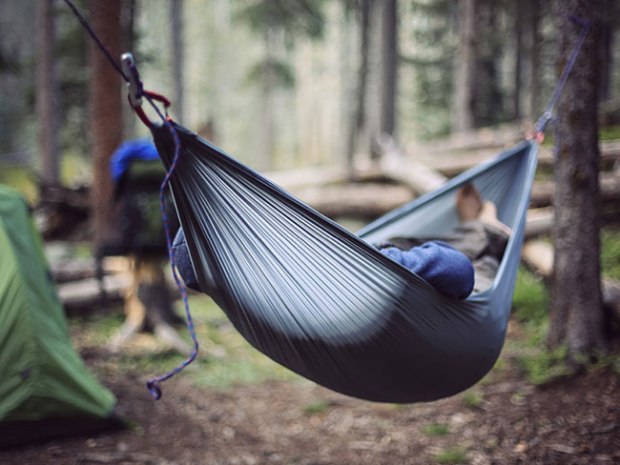
Credit: scoutlife.org
Frequently Asked Questions For How To Get In And Out Of A Hammock Safely
What’S The Best Way To Get In And Out Of A Hammock?
To get in and out of a hammock safely, go slow and swing your legs in. Then, relax in the hammock.
How Do You Get Out Of A Hammock With Bad Knees?
To get out of a hammock with bad knees, slowly swing your legs out, put your feet on the ground, and walk backwards a step or two until you are almost standing straight up.
What Is The Proper Way To Get Into A Hammock?
To get into a hammock safely, follow these steps:1. Go slow. 2. Swing your legs in. 3. Relax and enjoy.
How Do You Get Out Of A Hammock With A Spreader Bar?
To get out of a hammock with a spreader bar, swing your legs together out of the hammock while maintaining balance, making sure to clear the spreader bars and any obstacles.
What Are The Best Tips For Getting In And Out Of A Hammock?
Getting into a hammock slowly and swinging your legs in is the best way to ensure a safe and comfortable entry. To exit, swing your legs out and use your hands for support while standing up.
Conclusion
Getting in and out of a hammock safely is essential to ensure a relaxing and enjoyable experience. By following some simple steps, you can avoid accidents and injuries. Begin by approaching the hammock slowly and carefully. Use your hands to steady yourself and lower your body onto the hammock gently.
Once seated, swing your legs into the hammock, making sure to distribute your weight evenly. When it’s time to get out, swing your legs out of the hammock and place your feet on the ground. Gradually stand up, using your hands for support if needed.
Remember to take it slow and be mindful of your movements to prevent flipping or falling. By practicing these techniques, you can confidently enjoy your hammock and make the most of your relaxation time.


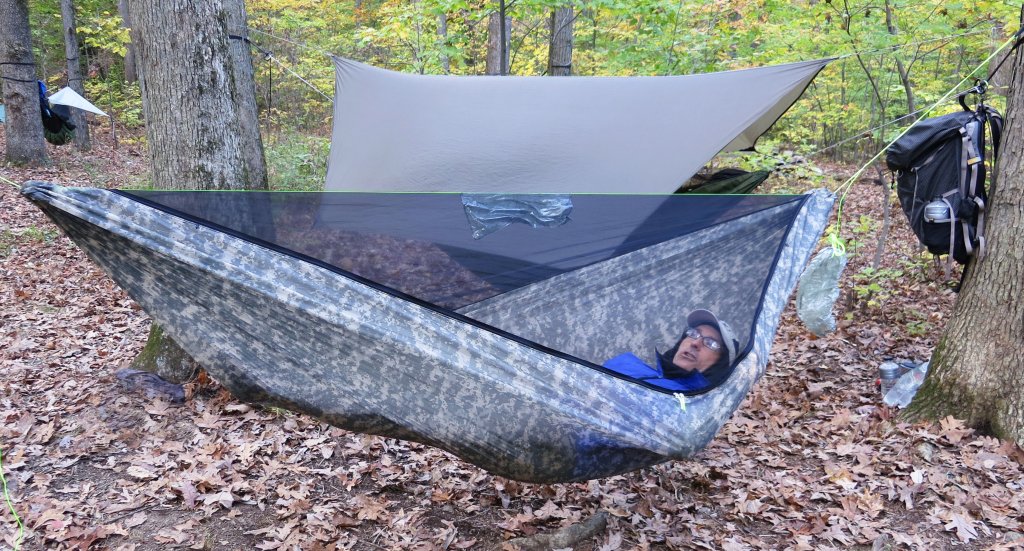
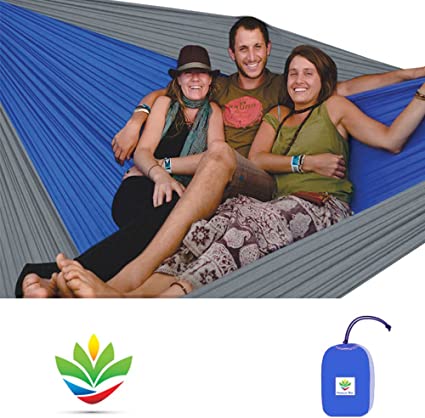
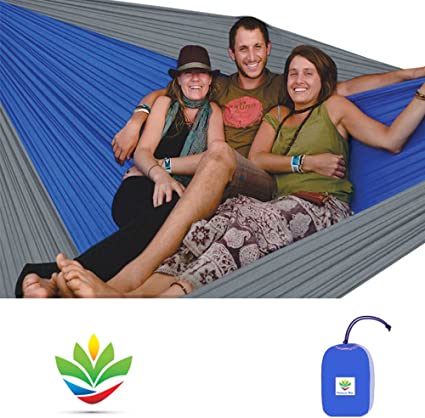


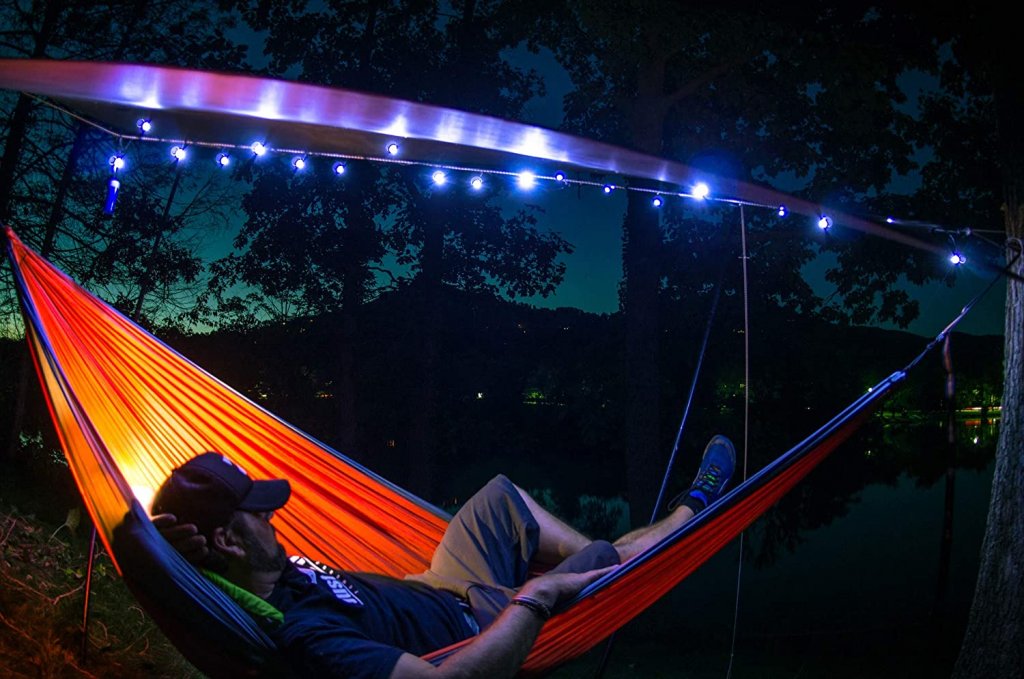
Pingback: How To Safeguard Your Hammock: Foolproof Tips To Prevent Theft